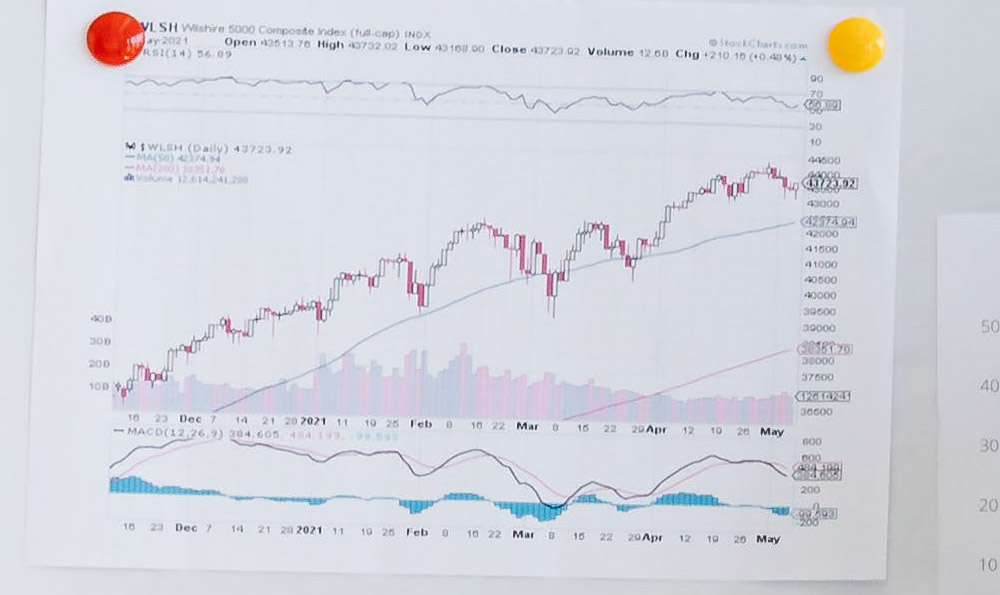Investing is a cornerstone of long-term financial security and wealth accumulation. However, the sheer volume of investment options available can be overwhelming. Determining "what" to invest in and, more importantly, "why" requires a thoughtful approach tailored to individual circumstances, risk tolerance, and financial goals. There isn't a one-size-fits-all answer, but a framework can guide the decision-making process.
Firstly, understanding your own financial landscape is paramount. Before considering specific investments, assess your current financial situation. This includes calculating your net worth (assets minus liabilities), analyzing your income and expenses, and identifying your short-term and long-term financial goals. Are you saving for retirement, a down payment on a house, your children's education, or simply seeking to grow your wealth? The timeframe for each goal will significantly impact the investment strategy. A longer timeframe allows for more aggressive investment choices with potentially higher returns, while shorter timeframes necessitate more conservative options to preserve capital.
Once you've defined your goals and timeframe, you need to understand your risk tolerance. Risk tolerance reflects your comfort level with the potential for investment losses in exchange for the possibility of higher returns. A risk-averse investor might prefer lower-yielding but safer investments like government bonds or high-quality dividend stocks. A more risk-tolerant investor might be comfortable with the volatility of the stock market, venture capital, or even cryptocurrency. Accurately assessing your risk tolerance is crucial because investing in assets that exceed your comfort level can lead to anxiety and potentially poor decision-making, such as selling investments at a loss during market downturns.

With a clear understanding of your financial situation and risk tolerance, you can begin to explore various investment options. These broadly fall into several categories, each with its own characteristics:
-
Stocks (Equities): Stocks represent ownership in a company and offer the potential for significant capital appreciation. However, they also carry the highest level of risk, as their value can fluctuate dramatically based on market conditions, company performance, and economic factors. Investing in a diversified portfolio of stocks, either through individual stock selection or through mutual funds and ETFs (Exchange Traded Funds), is generally considered a cornerstone of long-term growth strategies. The "why" behind investing in stocks stems from their historical outperformance compared to other asset classes over long periods. Companies grow, innovate, and generate profits, and as a shareholder, you benefit from that growth.
-
Bonds (Fixed Income): Bonds represent a loan to a government or corporation. They offer a fixed interest rate (coupon) and return the principal amount at maturity. Bonds are generally considered less risky than stocks, providing a more stable income stream. They serve as a valuable diversifier in a portfolio, often acting as a buffer during stock market downturns. The "why" behind investing in bonds lies in their ability to provide income and reduce overall portfolio volatility. Different types of bonds exist, including government bonds (considered the safest), corporate bonds (offering higher yields but higher risk), and municipal bonds (offering tax advantages).
-
Real Estate: Real estate can be a tangible asset that provides both income (through rental properties) and capital appreciation. Investing in real estate requires significant capital and comes with its own set of challenges, including property management, maintenance costs, and potential vacancies. Real Estate Investment Trusts (REITs) offer a way to invest in real estate without directly owning property, providing diversification and liquidity. The "why" behind investing in real estate lies in its potential for long-term appreciation and its ability to generate passive income. It can also act as an inflation hedge, as rents and property values tend to rise with inflation.
-
Commodities: Commodities are raw materials such as oil, gold, and agricultural products. Investing in commodities can be done directly through futures contracts or indirectly through commodity ETFs and mutual funds. Commodities are often used as an inflation hedge and a diversifier, as their prices tend to move independently of stocks and bonds. However, they can be highly volatile and complex to understand. The "why" behind investing in commodities is primarily for diversification and protection against inflation.
-
Mutual Funds and ETFs: These are investment vehicles that pool money from multiple investors to invest in a diversified portfolio of stocks, bonds, or other assets. Mutual funds are actively managed by professional fund managers, while ETFs are typically passively managed, tracking a specific index. They offer a convenient way to diversify your investments and access different market segments. The "why" behind investing in mutual funds and ETFs lies in their instant diversification, professional management (in the case of mutual funds), and relatively low cost (especially for ETFs).
-
Cryptocurrencies: Cryptocurrencies are digital or virtual currencies that use cryptography for security. They are a relatively new asset class and are highly volatile. Investing in cryptocurrencies requires a high degree of risk tolerance and a thorough understanding of the technology and market dynamics. The "why" behind investing in cryptocurrencies is primarily for speculative gains, as they have the potential for high returns, but also a high risk of significant losses.
Beyond these core asset classes, alternative investments such as private equity, hedge funds, and venture capital can offer the potential for higher returns but are typically illiquid and require a high minimum investment.
Once you've chosen your investment options, it's crucial to implement a diversified portfolio. Diversification involves spreading your investments across different asset classes, sectors, and geographic regions to reduce overall risk. A well-diversified portfolio is less susceptible to the fluctuations of any single investment. The specific allocation of your portfolio will depend on your risk tolerance, time horizon, and financial goals.
Regularly review and rebalance your portfolio to ensure it remains aligned with your investment objectives. Market conditions and personal circumstances can change over time, so it's important to adjust your investment strategy accordingly. Rebalancing involves selling assets that have performed well and buying assets that have underperformed to maintain your desired asset allocation.
Finally, it's important to remember that investing is a long-term game. Avoid making emotional decisions based on short-term market fluctuations. Stay disciplined, stick to your investment plan, and seek professional financial advice when needed. Investing is not about getting rich quick; it's about building wealth steadily over time through a well-thought-out and diversified investment strategy. The "why" behind all of this is simple: to secure your financial future and achieve your long-term financial goals. The specific "what" will vary depending on your individual circumstances, but the underlying principles of diversification, risk management, and long-term perspective remain constant.












